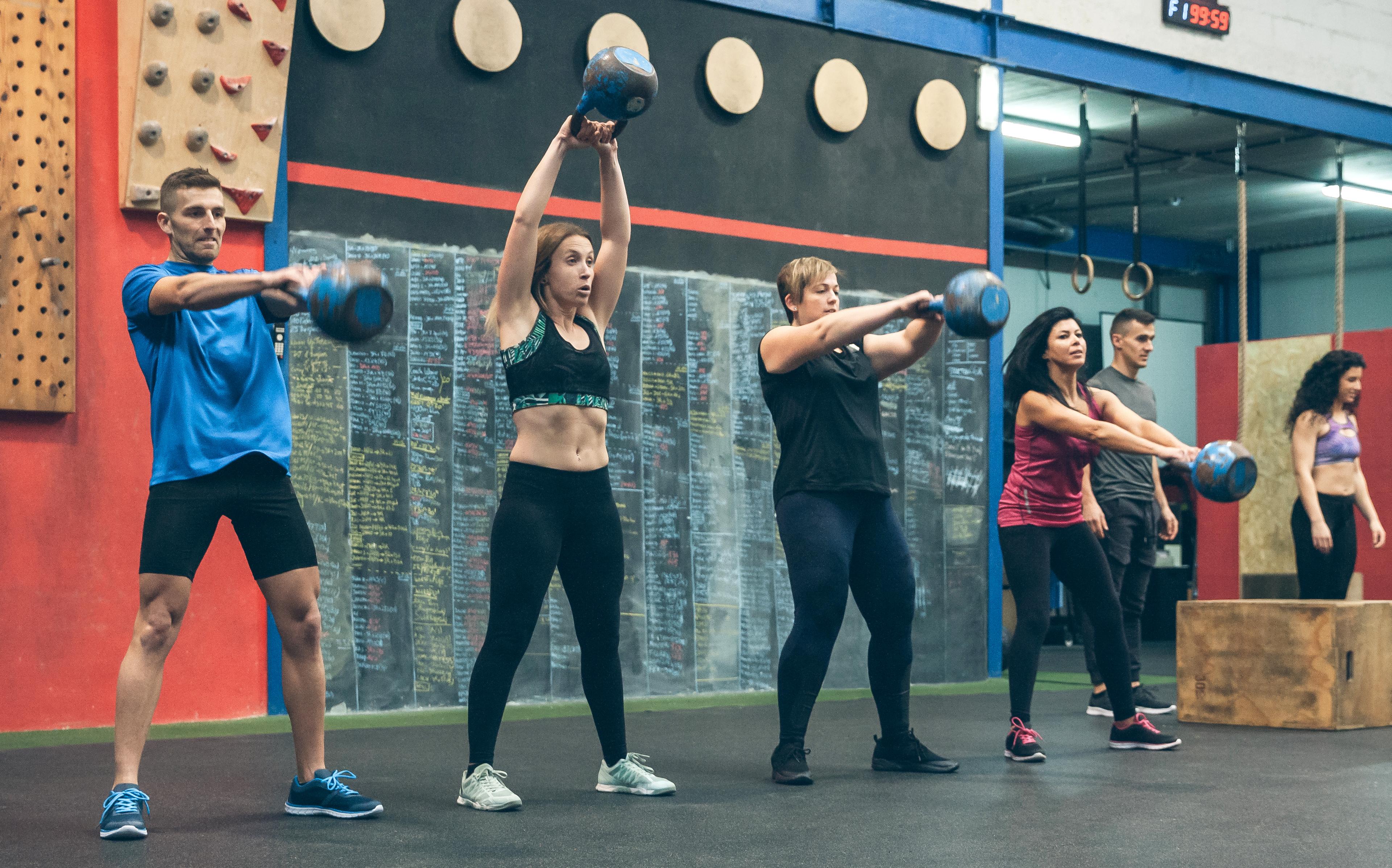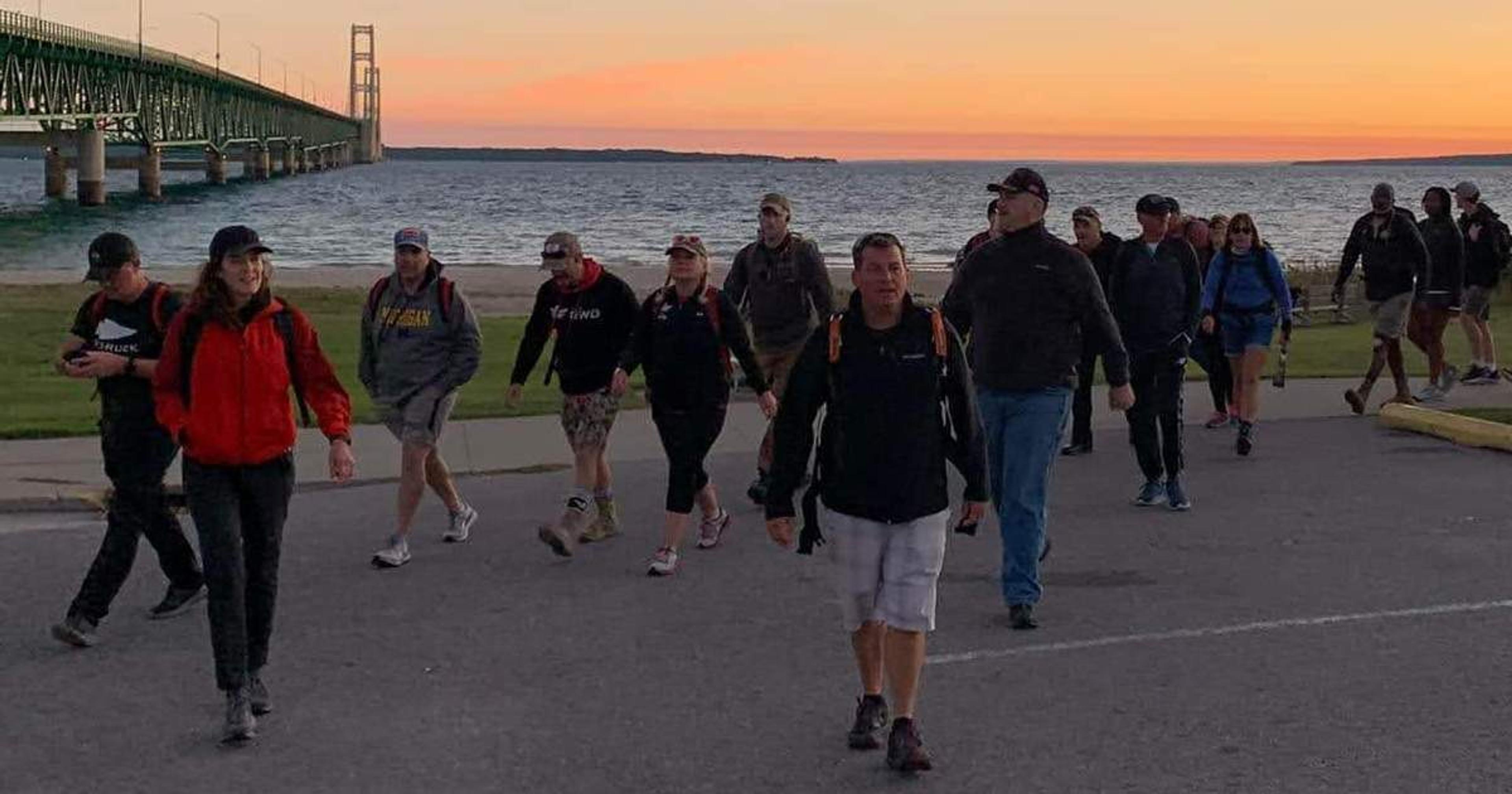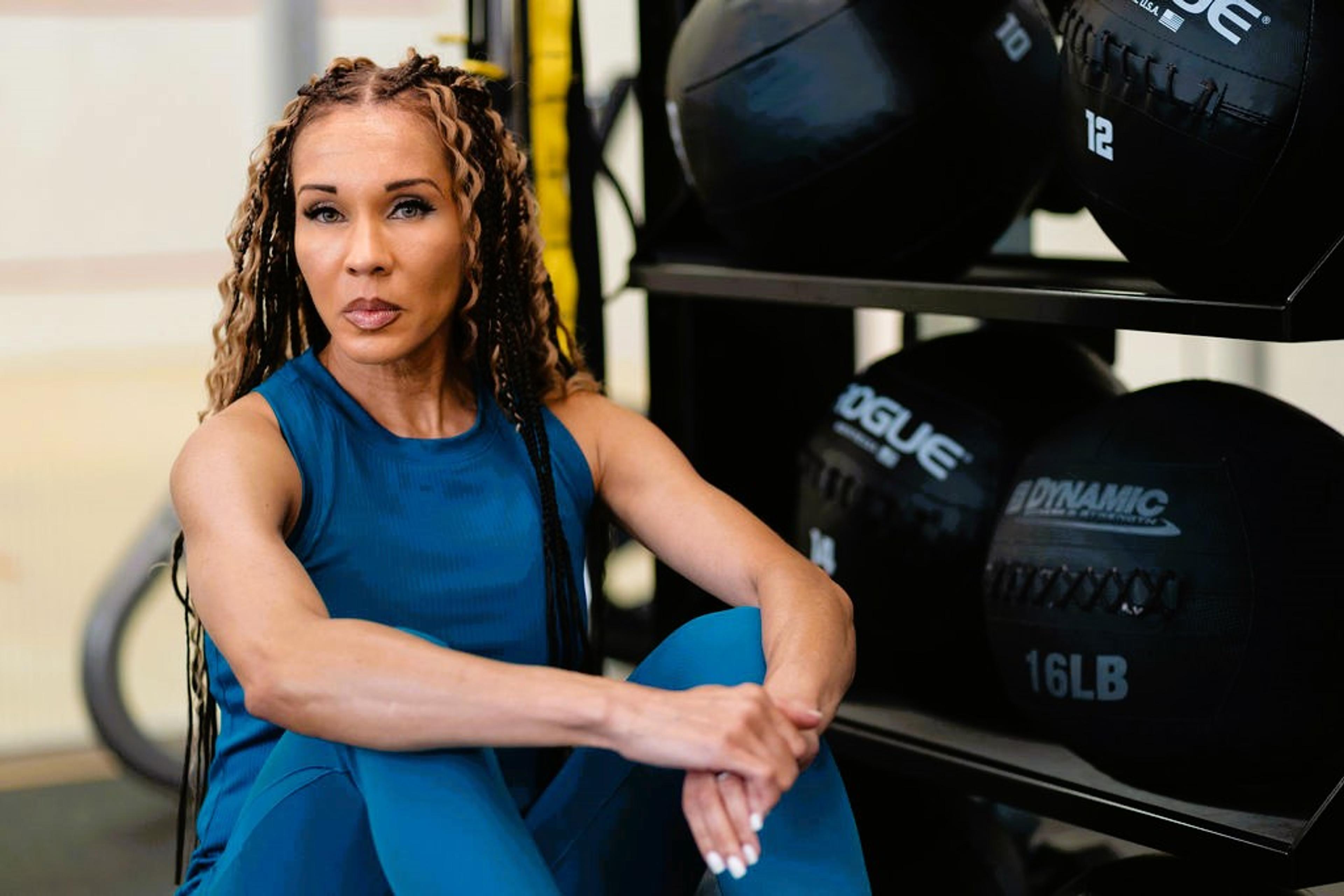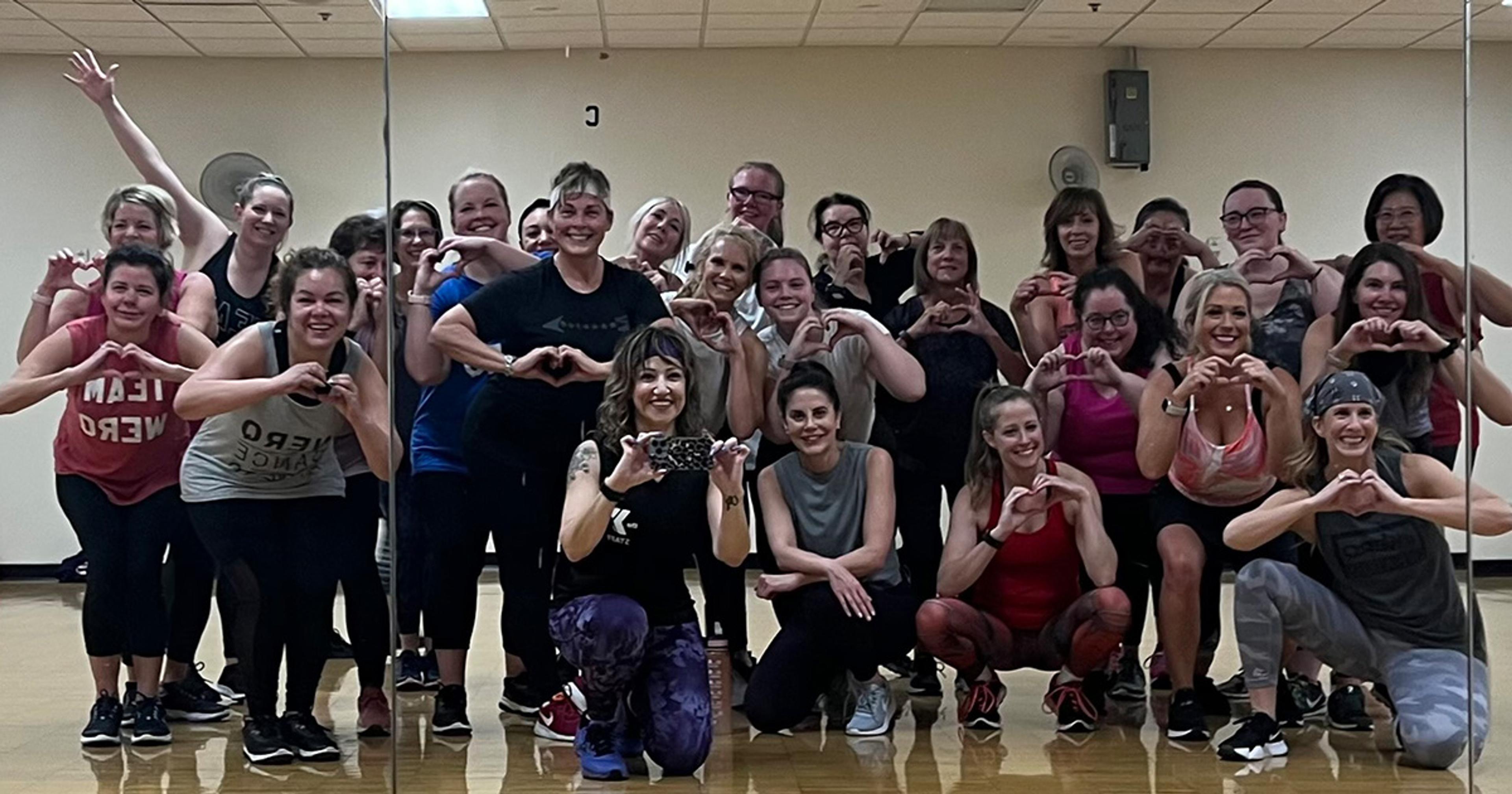5 ways to get lean outside the gym
Sven Gustafson
| 3 min read
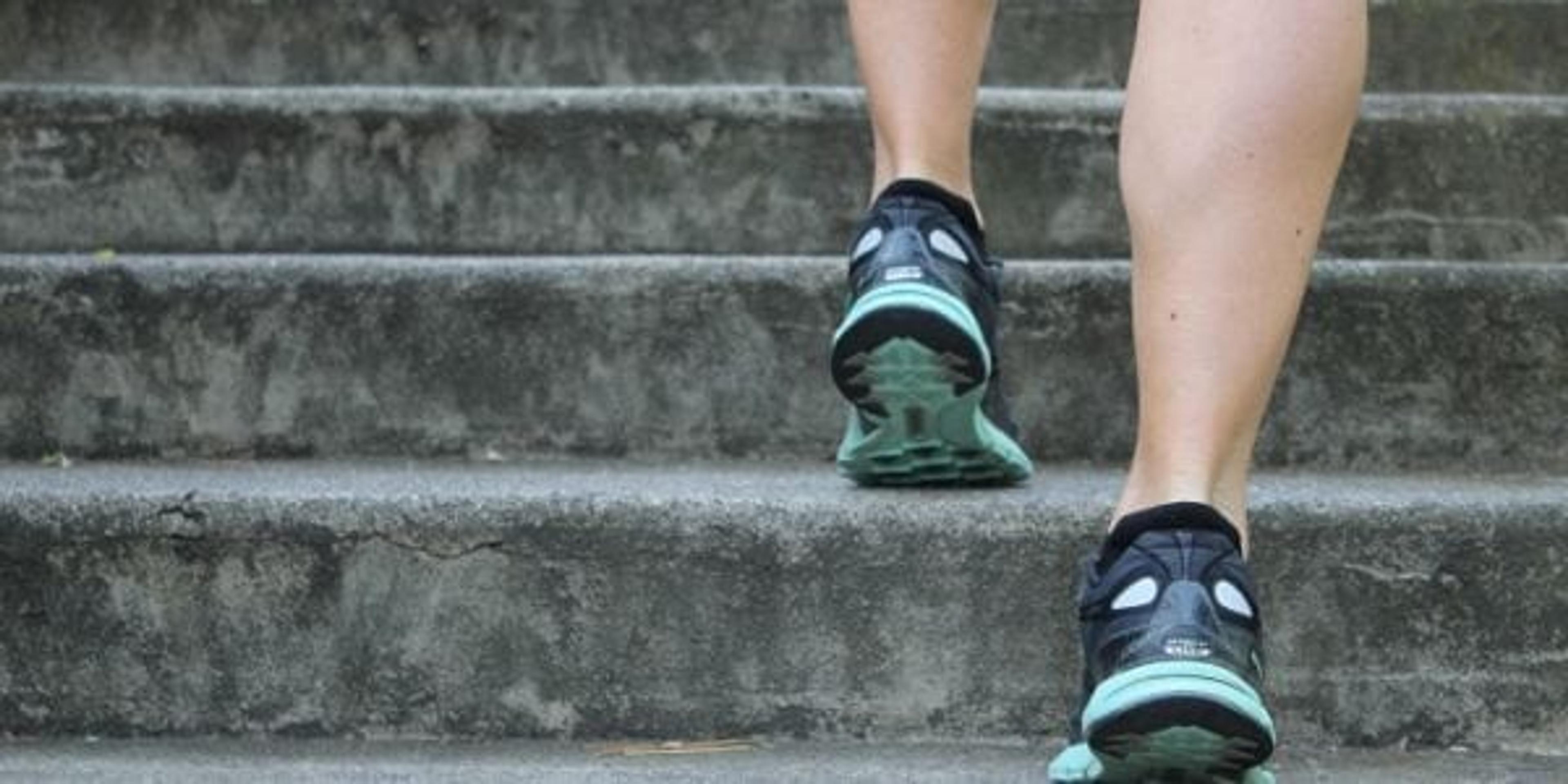
When it comes to getting in a solid workout, gyms are great things. Where else can you find such a wide array of equipment under one roof, mingle with others who share your enthusiasm for good health and feed off other people’s sweat and hard work as motivation?
But there are times when it’s far too nice outside to take it inside a climate-controlled gym, and a gym membership often isn’t in the household budget. I’ve often paid for month-to-month gym memberships only to let them lapse during summertime, when I’d rather be outside running or otherwise working out.
So inspired by a recent feature in Shape magazine, here are five great outdoor workouts that can burn fat and sculpt your body.
- Jumping rope. I was always terrible at skipping rope as a child but was reintroduced to it as an adult, eventually got the hang of it and now love it, and often spend 10 or 15 minutes doing it as a great way to get warmed up for a gym workout. The benefits of jumping rope are many: It’s a great cardiovascular exercise, it burns calories quickly, it defines the thighs, calves and hamstrings, and it works your back, shoulders and biceps from turning the rope. It also increases agility, which is great for sports like basketball or soccer where footwork is key. Why else do you think boxers are such fans of it?
- Stand-up paddleboarding. I went SUPing for the first time with friends during a vacation in Southern California last December. It’s a great core workout, since you have to engage your core muscles — not to mention your thighs — to keep balanced, and your shoulders, back and arms get a great workout from paddling. It’s also a fun way to experience the inner calm of exploring quiet places on the water.
- Pilates / floor exercises. It’s tough to find a form of exercise that sculpts the body and feels as good physically and mentally as Pilates. While the practice can involve the use of expensive equipment, there are plenty of Pilates exercises that involve stretching or natural resistance and require little more than a yoga mat and comfortable clothing. Moves like the hundreds, shown in the video below, and chest lifts work your abdominal core muscles; leg circles isolate pelvic muscles; and plank poses focus on back, shoulders and arms. Here’s a list of Pilates exercises suitable for beginners or seasoned practitioners alike.
- Pushups. Granted, they’re a generally dreaded form of exercise, but few moves have as much payoff as the simple pushup. Done properly, with good form (no sag in the lower back), they engage muscles in the arms, shoulders, back, abdomen, chest, legs and hips. By adjusting the angle of your body or the position of your hands on the floor, you can change the difficulty. Want a more advanced, full-body version? Try burpees.
- Running. Yeah, I know: There may be more effective, faster ways of burning calories, but training for a long-distance run — say, a half marathon or above — has always worked for me. It’s not important to run fast, or do sprints, just to put in regular long runs at slow to moderate pace. Running for an hour or more (you should strive to increase your longest runs gradually to avoid injury) torches calories, builds muscle mass and stamina, improves your cardiovascular health, increases your metabolism and teaches your body to burn fat for fuel.
What ways have you find to get lean outside the gym?
Photo Credit: Fit Approach

